Unlikely protagonists
Mallory Harrigan, her boyfriend Cliff Russell and his brother Alan Russell have dedicated their lives to being commercial fishermen while residing in Happy Valley-Goose Bay. As you may imagine, spending most of the day on a boat, at the mercy of Mother Nature, throwing and lifting nets for a living is no easy task.
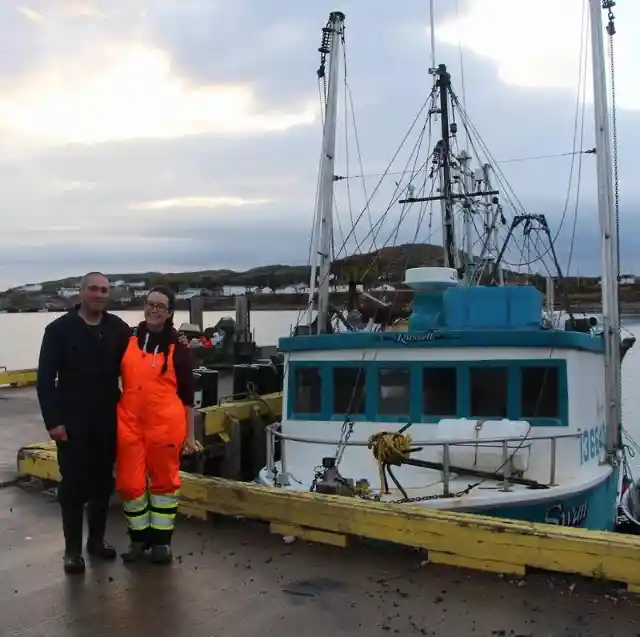
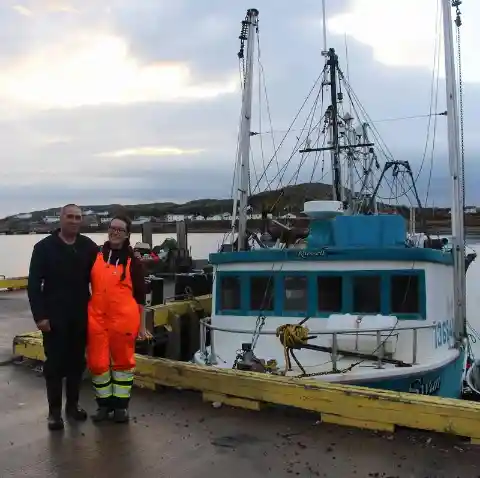
Despite spending so much time ashore, you’ll soon find out these fishermen can also experience crazy and unexpected experiences that will test their courage and values.
About the hometown
Happy Valley-Goose Bay, located in the Labrador province, is the largest town in the region with about 8000 inhabitants. Though the town was founded not that long ago, it is culturally rich and the epicenter of commercial activity in the region due to its privileged location regarding the sea.
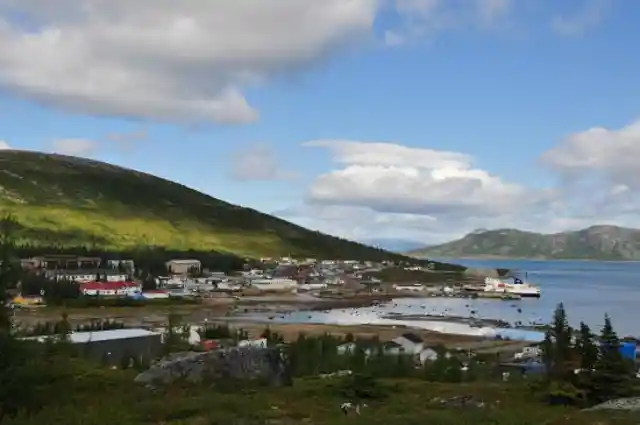

This small town is also home to the biggest indigenous population, making it very diverse and tight-knit. Despite being such a small town in a difficult region, they have an amazing quality of life with premium services and beautiful landscapes but nothing will prepare you for what comes next!
A difficult craft
The three -Mallory, Cliff and Alan- are the happy owners of a boat called the Northern Swan, which they usually sail on chasing after crab near the coast of Labrador, in eastern Canada. Specifically, in the Canadian province of Newfoundland and Labrador.
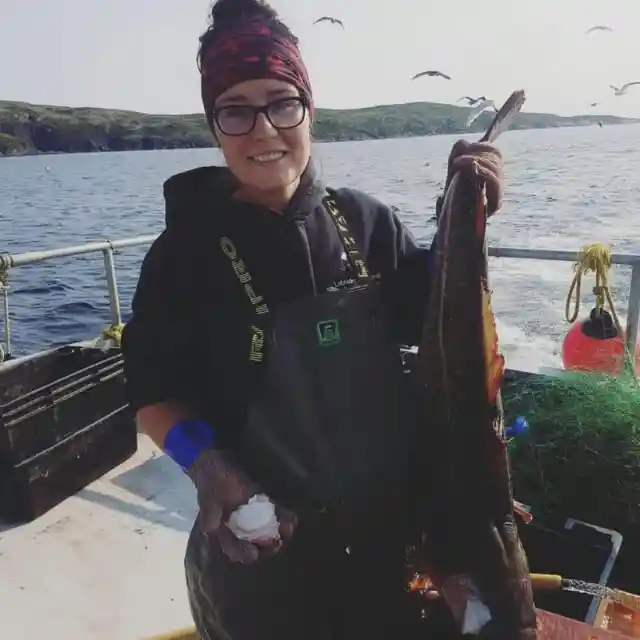
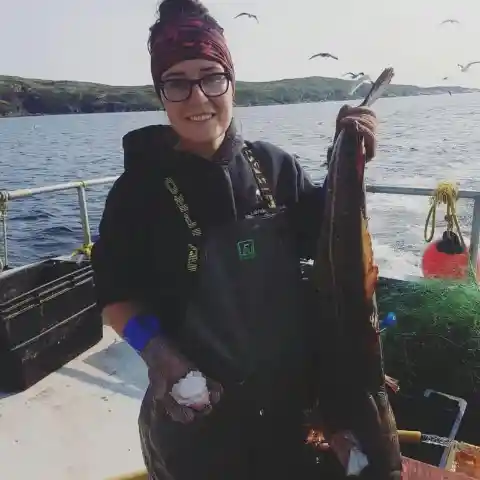
The crab they normally catch is the snow crab, often sought after because of its sweetness and delicacy in flavor. The trio has some really interesting stories of the time they’ve spent on their boat, but this one is definitely an outlier.
What they were after
The snow crab can be found in the northern hemisphere, in areas with extremely low temperatures. In this case, in the North Atlantic and North Pacific.
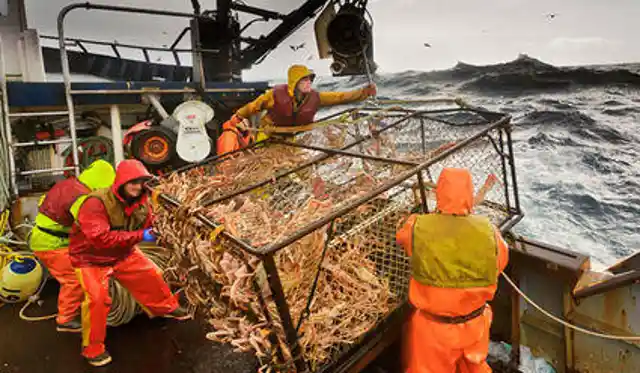
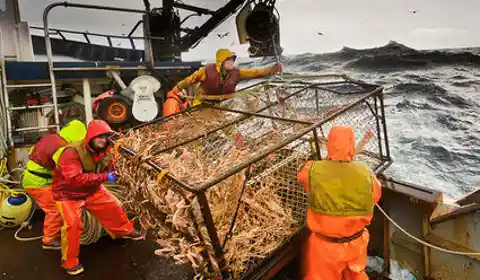
This type of crab is very expensive not only due to its flavor, but because it’s a seasonal catch and very troublesome to get. However, they were about to fish something quite unusual.
Early Complications
Climate change is more evident every year, and no industry has been spared from feeling its effects, including the fishing industry. The snow crab lives in an area where the water is cold and the surfaces are icy.
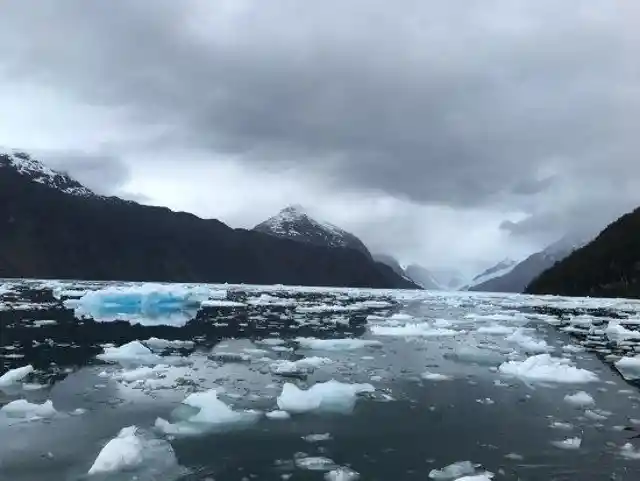
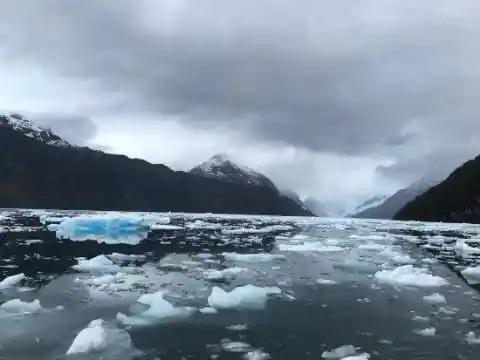
They normally start showing up around May, which is when the ice also starts to break up and the waters become easier to navigate. However, in 2019 temperatures took much longer to rise, making fishermen such as Mallory & Co. to start their season with delay, but after what would happen, our trio started believing in faith.
Off to a slow start
The ice finally let up and allowed them to set sail on June 22, almost two months later than expected. As soon as they could, they left their town and made their way toward Pincent’s Arm, a nearby coastal town where they usually fueled their gear.


This was a regular stop for them so they never expected to encounter anything unusual, but when they were close to arriving, they noticed a piece of ice unlike any other.
A strange sight
They noticed it quickly because there were seagulls circling around it. It was hard to know what was going on from where they stood, so they decided to move a bit closer.
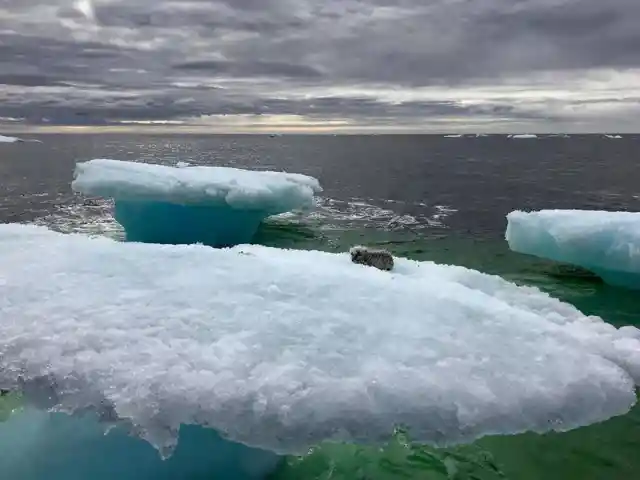
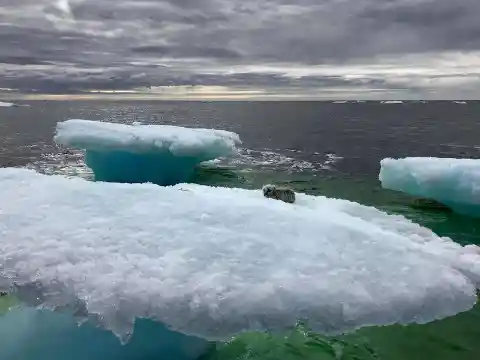
They could tell it was some kind of animal on the small iceberg, but they couldn’t identify it properly with all the seagulls. The crew had their suspicions, but they could have never guessed what would happen.
What is it?
It was logical to think the animal was just a regular seal, considering they’re grey in color and are known to rest on broken pieces of ice. They’re also a common sight around that area.
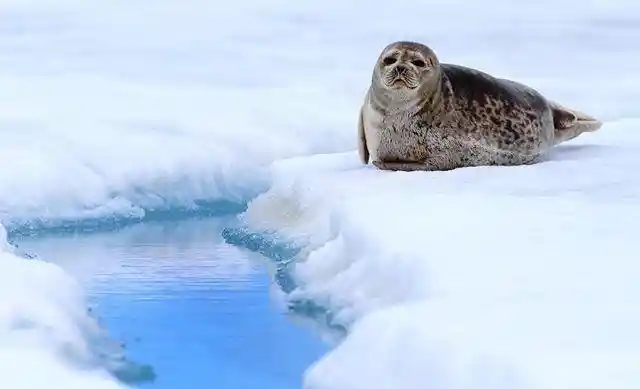
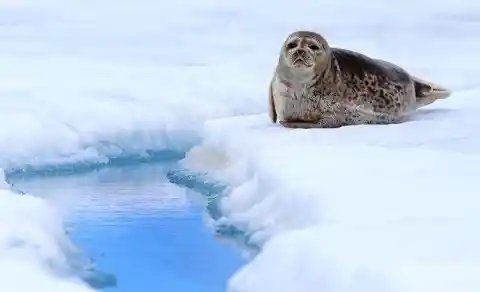
However, they knew something was up when they remembered normally seagulls don’t bother seagulls. There was a major clue: a regular seal would’ve jumped back into the water when the boat approached the ice, but the stranded animal barely moved. You could never guess what it ended up being.
A crazy find
As the Northern Swan got closer to the small iceberg, the trio realized what it was: it was an arctic fox. They knew it because of the fur.
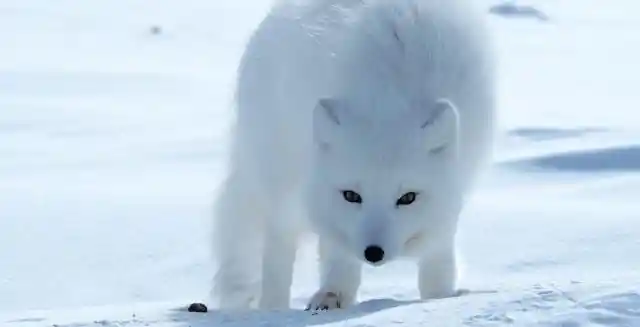
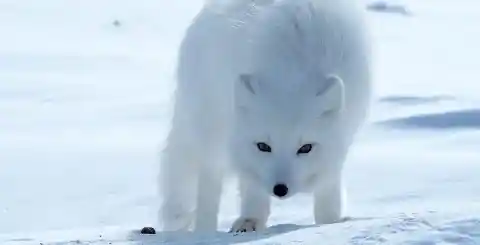
However, foxes are not sea creatures and most definitely it wasn’t common to find one so far from the land, but how did he get there? The trio came up with their own crazy theory.
What happened?
The only explanation they had for this was that the fox was this: “It had probably got stuck out there looking for a meal” Mallory recalled in an interview. “Cliff says he thinks he got out there to check out a bit of meat on the ice and it broke apart, sending him out to sea.”
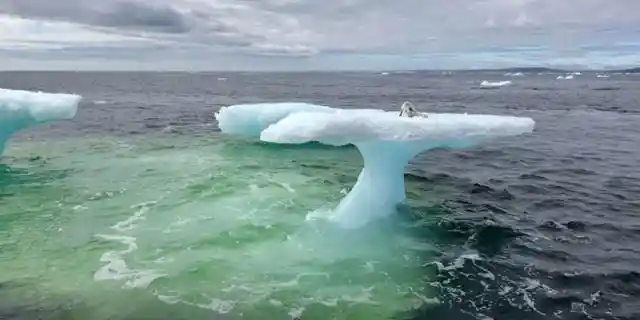
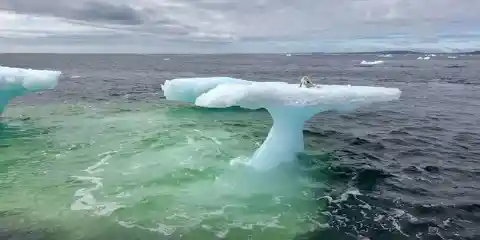
They thought the fox was lucky to have been on a big enough piece of ice to stand on and survive. Otherwise, he could’ve fallen into the water and definitely would not have made it this far. They knew they had to help, but how?
Help is on the way!
They realized the poor animal already seemed too weak to last much longer, and they were about 4 miles away from land. They didn’t even know if it was alive at that point!
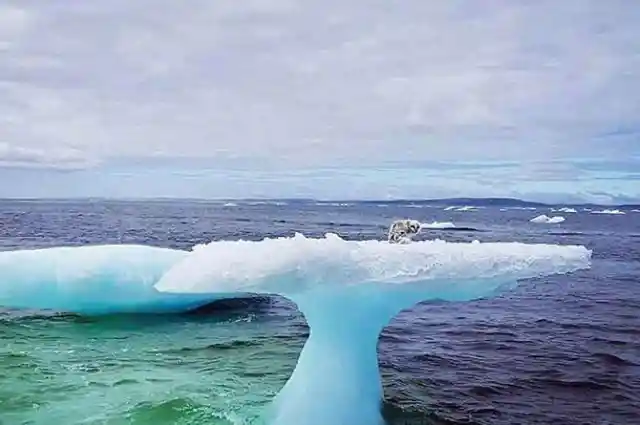
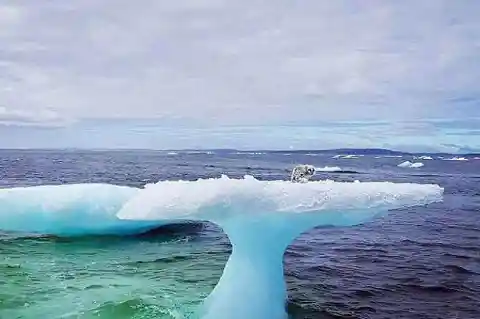
They knew they had to act fast, but they were unsure regarding how to approach the situation correctly. An arctic fox is a wild animal, after all, and they didn’t know how it would react. They had to be smart about this, so they came up with a bold plan.
Trying to save the fox’s life
Since none of them had dealt with a wild fox in the past, they did not know how to save the animal. In a quick evaluation, they determined that the greatest risk for the fox was to fall into the water, but for them, it was being attacked by him.
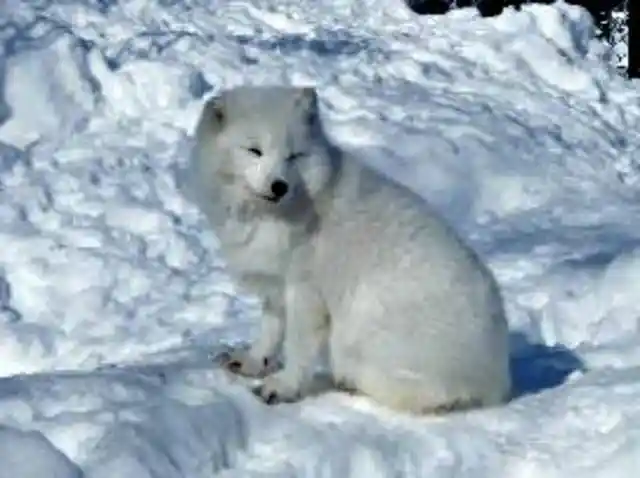
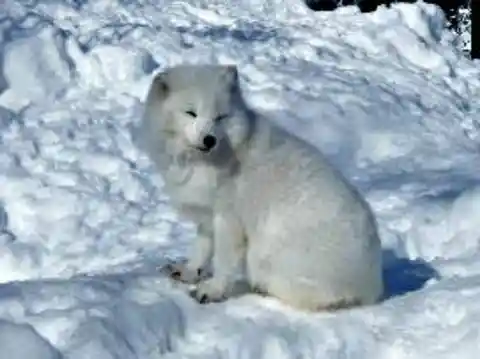
They started to try to call the arctic fox, like they were dealing with a domestic animal, but this only scared him. After multiple attempts, they began to lose hope until something happened.
His Only Hope
For them, the foxes’ destiny was as clear as it could be: if they couldn’t save him, he would die eventually “we knew we were his only chance for survival." At this point, giving up wasn’t an option.
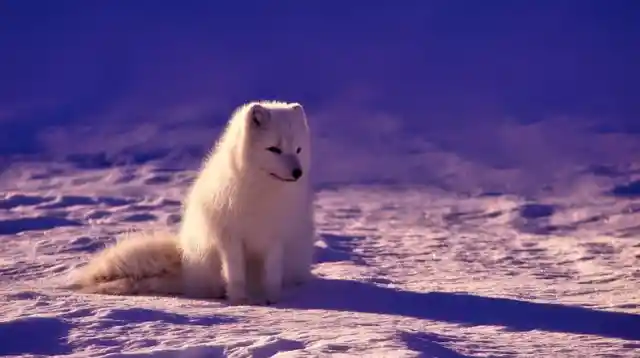
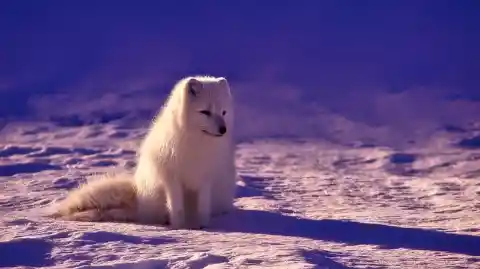
“He's a wild animal and we didn't know how he'd react," Harrigan declared, but as the animal showed them a very sacred attitude, they knew they had to think outside the box. If they wanted to save his life, they would require a new idea. After giving it some thought, an idea came to one of the crew members’ mind.
Crazy plan
They needed drastic measures, so they made a more dangerous decision, but perhaps one that would lead the animal to safe land. They decided to break the floating piece of ice and save it with one of their nets.
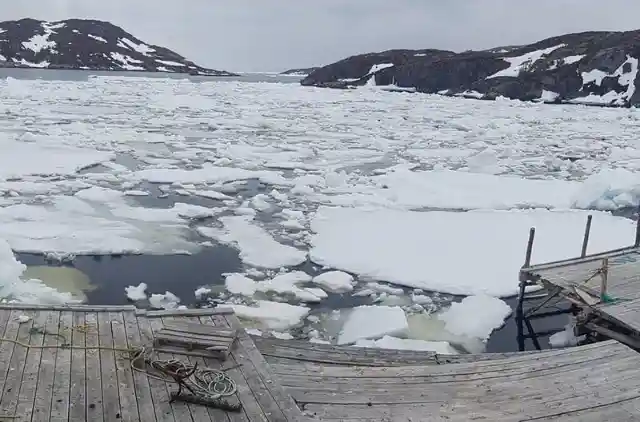
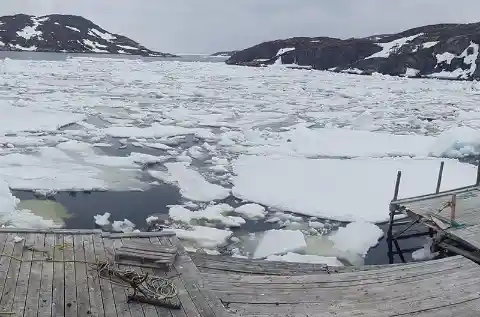
They tried to do so but the idea didn’t come out as planned…
Getting away
The animal started swimming away from the group, still scared and trying to escape from the fishermen. Unable to see the bigger issue.
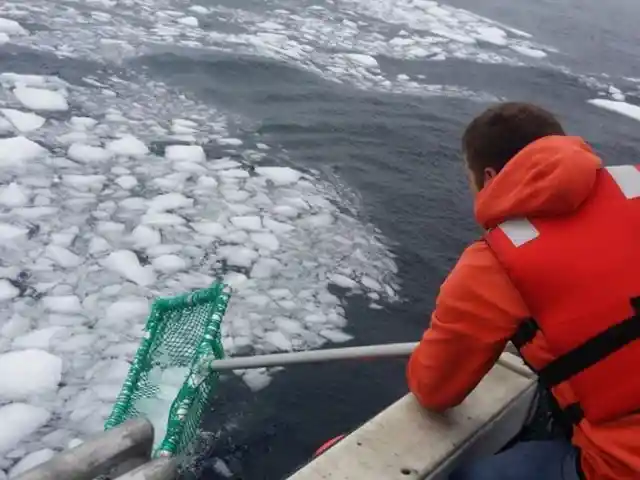
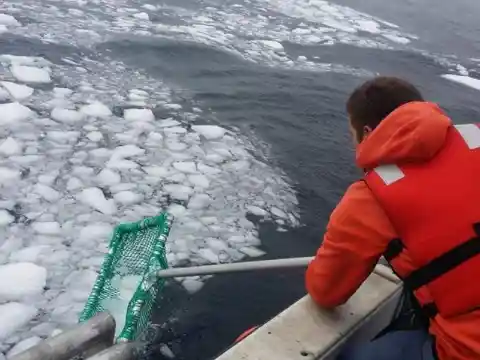
The arctic fox swam until exhaustion. He then was about to give up on his life, when the fishermen tried to save him one last time, but this time by scooping him up and succeeding. They didn’t know the animals' condition, so what they found worried them more.
Animals can feel
It is not a mystery to anyone that animals can feel. After a moment of much stress, and after who knows how long of being stranded on an iceberg, the exhaustion and the conditions the animal was under worried the team.
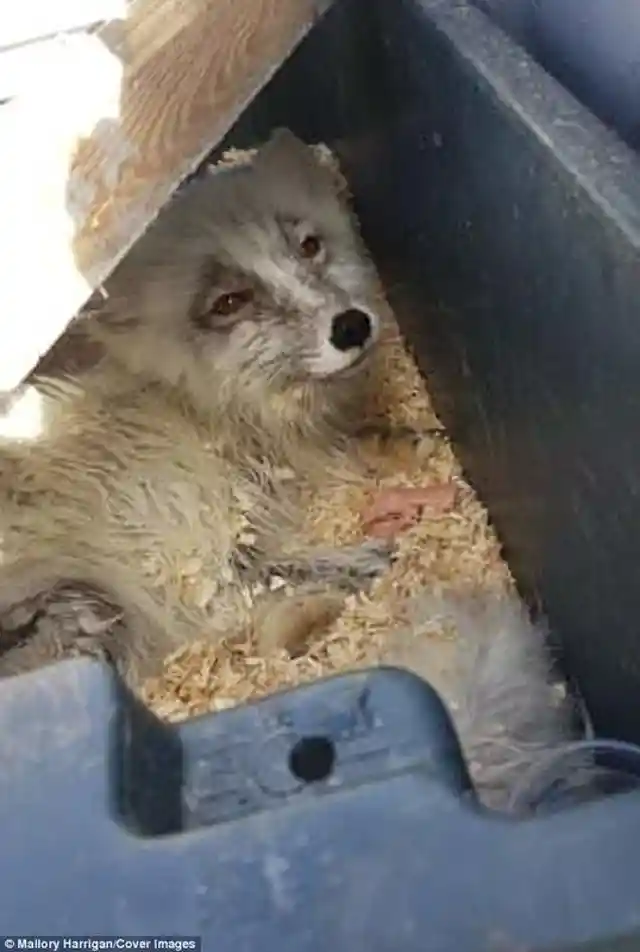

After all, the animal was also forced into the water and suffered from stress from all the rescuing attempts. Was he going to make it after all?
Making him comfortable
Harrigan and the Russells prepared a bed for the fox, it was made out of fish pans in an attempt to dry him up and give him some comfort. “He crawled into a corner and curled into a ball. We tried to feed him chips and crackers, whatever we had on hand, but he wouldn’t eat for a long time,” Mallory recalls.
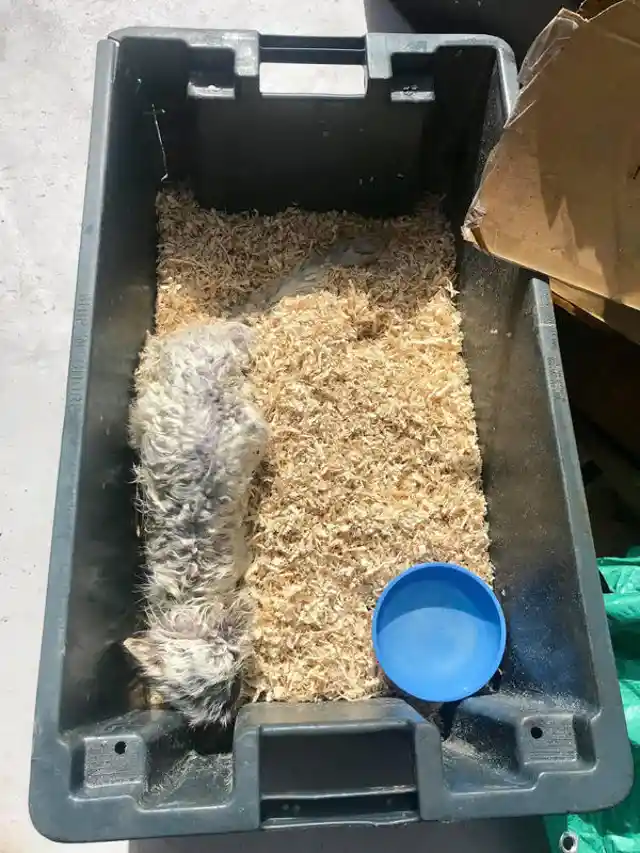
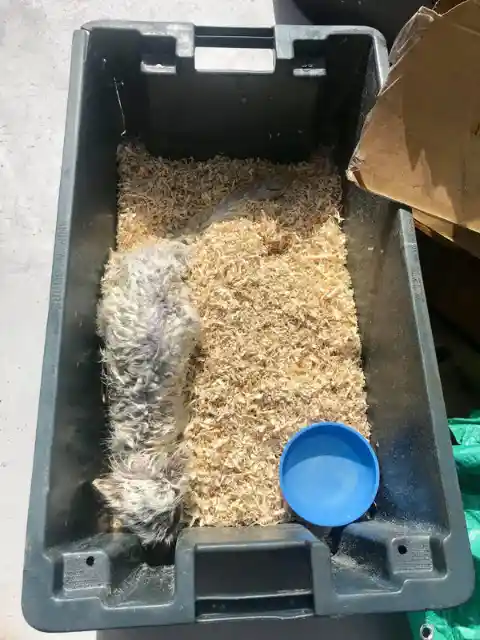
The creature was showing symptoms of exhaustion that preoccupied everyone, they needed to help him, and they weren’t sure they could or how to… until they saw something close to them.
Arriving
After arriving in the resettled community of William’s Harbour, the fox finally woke up from the deep sleep he fell right after his rescue. He then realized that the fishermen crew was actually helping him and started behaving with less fear and happier. “We were able to feed and water him,” says Mallory. “We gave him a tin of Vienna sausages and a bowl of water.”
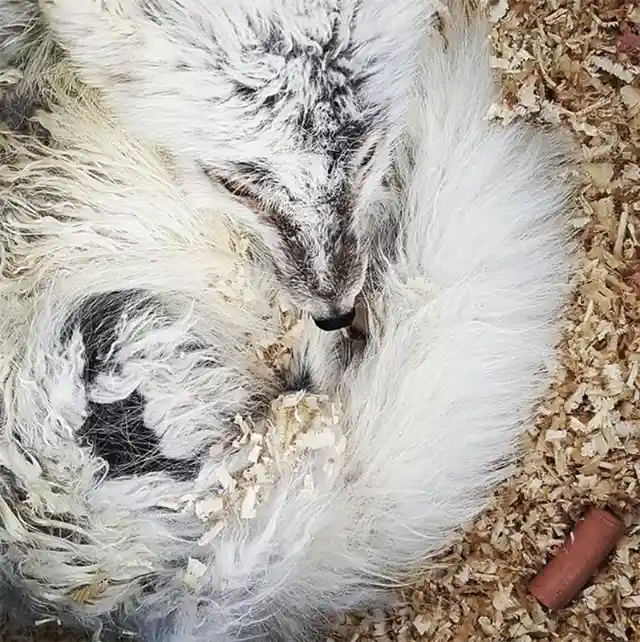
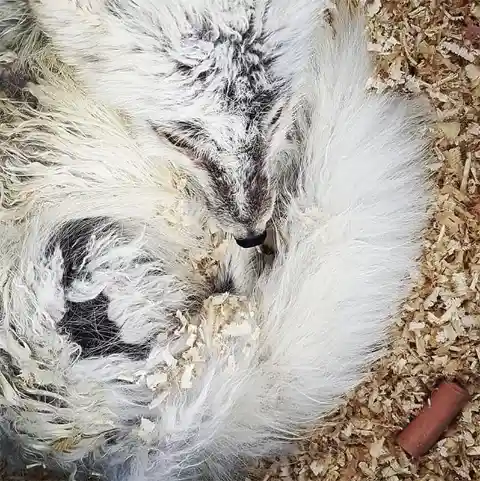
He was finally showing signs that he was going to be okay, but the real test was about to come.
Brown Fur
"A friend of ours later told us that an arctic fox should have brown fur this time of year," Harrigan said in a later interview, they remembered the fox to be very white.
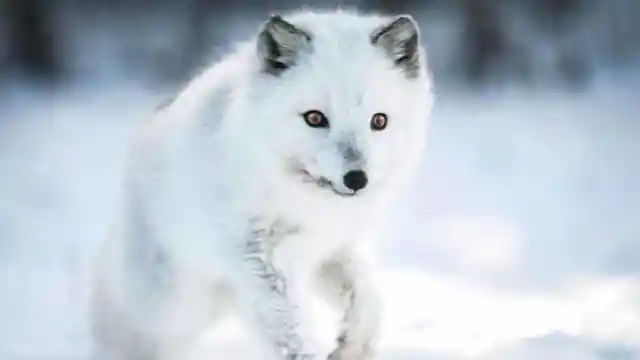
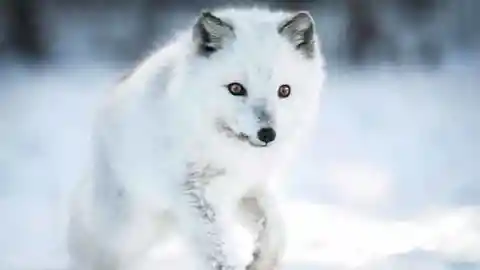
"The fact that his coat was still mostly white was an indicator of how long he had been out there, which may have been weeks." They felt very lucky for being able to find and rescue it, but was he able to get back to the wildlife?
Wildlife, again
After saying goodbye to their new friend, the group took him to an area they thought he would like, “We put him into one of the old dog houses on the island and gave him some space,” Mallory explained after.
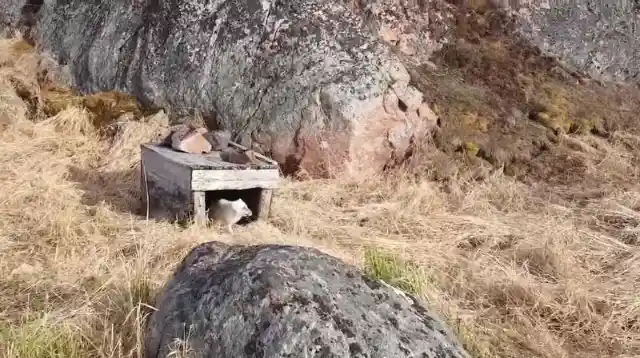
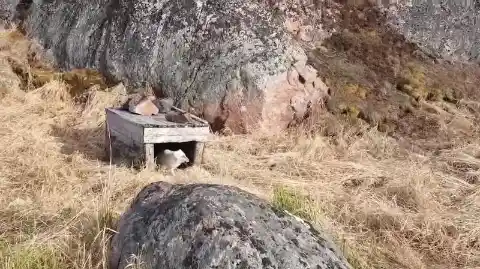
The once unknown animal seemed to like the place and left quickly after they left him there. But where is this fox now?
Still connected
Now the animal lives happily and safely on a small island, hunting and where other foxes live. “We can still see him from time to time, running around the island chasing small animals.” Harringan also said, they try to come back to the island to visit their friend regularly.
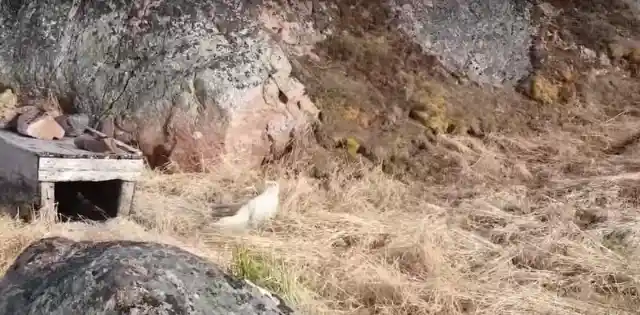
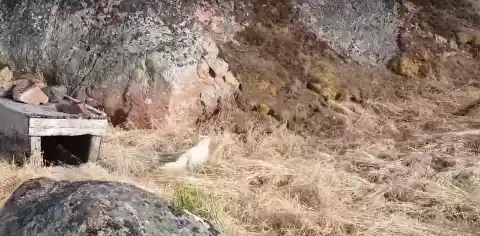
Definitely, he was very lucky for making it, if you think about it, he had a small chance of surviving, but life gave him the opportunity to enjoy freedom and safety again, thanks to a group of angels in form of fishermen.